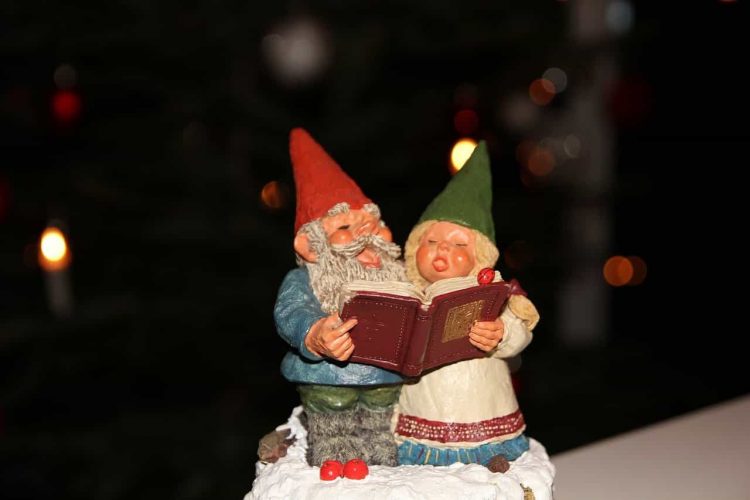Kids all around the world have taken hostage of our daily lives with repeated Christmas carols and tails around a philanthropic and full-figured, bearded man in a red suit and black boots.
UPDATE: This article has been updated with information relevant to 2023.
Can Christmas save this unmerry year?
In 2020, however, things may not be as merry in many households. Millions of workers have lost their jobs in South Africa after months of life subdued by the rapid spread of Covid-19.
More than 24 000 families have lost loved ones to the deadly virus and with talks of a newly mutated strain that’s ushering us into a second pandemic wave, outlooks on a silver lining brought on by 2021 are looking rather shabby.
A short Christmas carol history
Alas, Christmas is a period of celebrating family, unity and giving thanks, and what better way is there to bring cheer than a Christmas carol?
Tracing the history of Christmas carols and how they’ve become a crucial part of celebrating the birth of Christmas may take one back to the early ninth and 10th centuries in Northern Europe.
A shorter version of the truth is, English versions of these thematic hymns first appeared in 1426, in the works of John Audelay, a British priest and poet from Haughmond Abbey, Shropshire.
Wassailers from different covenants would travel door-to-door, singing carols on Christmas Day in honour of the birth of Jesus Christ.
Fast forward centuries later, these hymns still hold great relevance in recognising the diverse ways people celebrate this day.
Three South African Christmas carols you didn’t know exist
In South Africa, we have our own renditions of carols that hold unique meanings for us. From the Drakensberg Boys’ Choir to the Ndlovu Youth Choir, there is a library of hymns with our very own imprint.
Here are three South African Christmas carols you can enjoy this festive season:
Drakensberg Boys’ Choir – An African Christmas
Ndlovu Youth Choir – All I Want for Christmas Is You
Sizalelwe Indodana






